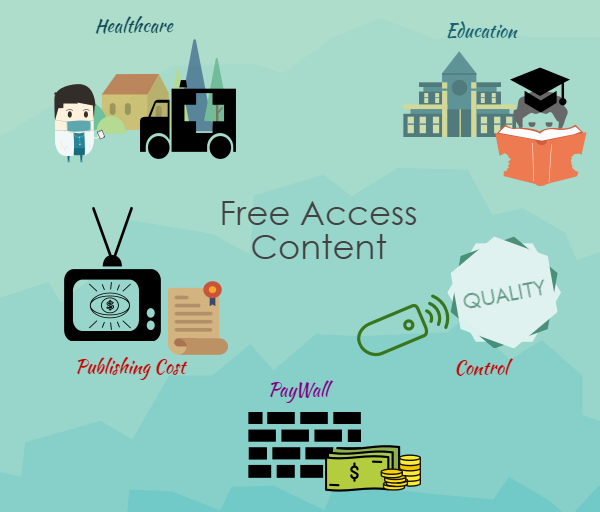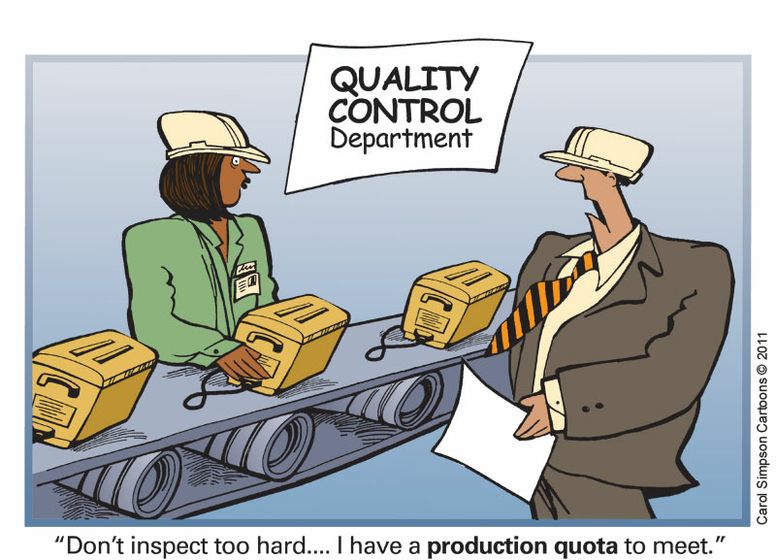Source: https://www.youtube.com/watch?feature=player_embedded&v=L5rVH1KGBCY
Progressively as I explore this topic on Open Access Content (OA), I came to realise that most of us have been taking information found online for granted. Being able to access research articles at no cost benefits many, and especially a blessing for developing countries in elevating their scientific knowledge.

According to Beatrice, publishing OA articles does wonders for the content producers as well. By making it visible and accessible, the article will reach out to a broader audience pool and in turn greater readership. With this acting as publicity, they will gain prestige.
However, not one scheme is perfect and OA does have its drawbacks. The main issue is sustenance as the publishing costs are paid for by the content producers and they receive zero compensation. One possible solution is CrowdFunding, as stated by Xin Lin where the project cost is divided and funded by interest parties. As the saying goes: Insurmountable for one, but achievable for many.
Another possibility brought up by Maureen is having some content made available to the public and an upgrade has to be bought; where other articles are made accessible only when paid for. Klarissa coined this system as Freemium. The drawback on OA other than publishing costs is the possibility of having the research paper undervalued just because it is free. By revealing some content, viewers will only purchase if they deem it’s an article of substance. Hence, Freemium also brings some worth to the research article in this sense.

To conclude, whether Open access content is good or bad is an open debate. Free sharing of information can bring unprecedented good in the aspects of education and healthcare. As long as it is sustained by proper measures as mentioned above, I’m sure more people will be open to the concept.
Word Count: 299
Blogs I commented on:





